
Do we have a decent one for you today – the Samsung Galaxy S9 takes on the BlackBerry KEY2. Among other things, these are two smartphones parted by a virtual keyboard on the Galaxy S9 and a physical keyboard on the KEY2. The Galaxy S9 claims approximately security structures, but certainly does not associate to the KEY2 which is constructed around top-level security. The Galaxy S9 is more for the ordinary user with a large display for viewing videos and playing games, while the KEY2 is intended for the user that likes a physical keyboard and a more professional device. The Galaxy S9 has a faster processor and more progressive GPU, but neither is strictly slow when it comes to performance. Let’s see what else these two devices have in common earlier we look at each one in more detail.
Obviously, these two devices are very dissimilar from each other. The Galaxy S9 has a bigger display, a advanced resolution, a different aspect ratio, and is even dwindling by a different Gorilla Glass version. They both use a Snapdragon processor and an Adreno GPU, but dissimilar models. They both have the same base storing (64GB) and both are expandable, although the quantity of RAM differs. They both use an 8-megapixel sensor for their front-facing camera (FFC), and both back main cameras are of the same 12-megapixel variety although the KEY2 is fortified with two rear cameras. Even though their exhibitions differ in size, the physical keyboard adds sufficient space that the two devices are comparatively comparable in physical size and heaviness. The Galaxy S9 and KEY2 both support Wi-Fi, Bluetooth v5.0, NFC, and a USB Type-C port for charging and data transmission. Both support Google Pay, a 3.5mm headphone jack, a fingerprint sensor, and both run Android 8.0 (Oreo).
Please take a watchful look at the full specification’s comparison chart below and here you will see just how these two Android smartphones stack up against each other. Which one is the improved purchase by contribution the most technology for the least quantity of money? Are you looking for a powerful phone or one with more security? These are the type of queries we will attempt to answer in picking the winner of this assessment.
Specifications: Samsung S9 vs BlackBerry KEY2
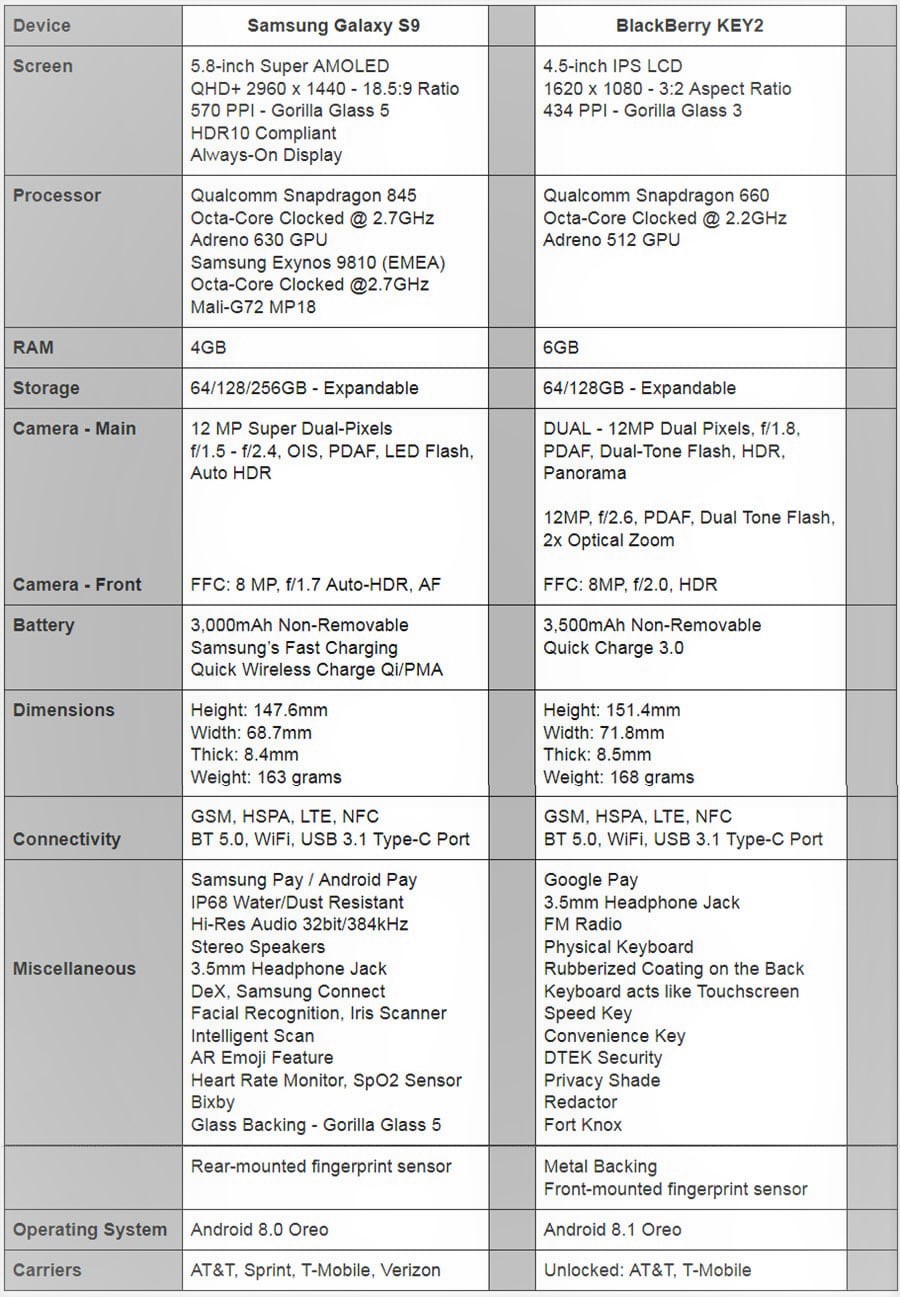
Samsung Galaxy S9

Samsung puts out various different phones during a specified year, but the Galaxy S9, S9 Plus, and Note series are the company’s flagship phones. The Galaxy S9 is the basic flagship choice as it’s absent some of the bells and whistles found on the Galaxy S9 Plus. For example, it has a smaller display, less RAM, and only a single main camera, but other than those items, it’s fairly equal to the Galaxy S9 Plus. As you’ll find the similar processor/GPU, Hi-Res audio with stereo speakers, the Super Dual Pixels in the same 12-megapixel camera, with the innovative Adaptive Aperture. It also packs Smart Scan – iris and facial recognition working together – for more precise and faster authentication.
Not many people will contend that Samsung makes the greatest display on the market and the Galaxy S9 boasts a 5.8-inch Super AMOLED Infinity screen with an 18.5:9 aspect ratio making it excessive to watch media or play games on. It has a QHD+ resolution of 2960 x 1440 pixels and 570 pixels-per-inch (PPI) for eye-popping images. It includes the Always-On feature that helps save battery life as healthy as making it easier to glance at notifications to control if they should be read. This whole phone uses Gorilla Glass 5 for protection.
Samsung uses two dissimilar processors in its Galaxy S9 depending on where bought. For example, the US model uses the latest Qualcomm SoC, the Snapdragon 845 along with an Adreno 630 GPU. The SD845 is an octa-core processor clocked at 2.7 GHz and the Adreno 630 will grip any graphic you toss at it. The Galaxy S9 sold in some other areas uses Samsung’s own Exynos 9810 octa-core processor clocked at 2.7 GHz lengthways with a Mali-G72-MP18 GPU. Both processors are similarly accomplished of running the Galaxy S9 without subject. The S9 is packing 4GB of RAM and a base of 64GB of stretchy internal storing, although 128GB and 256GB models are existing, depending on location and carrier.
When it comes to new features on the Galaxy S9, one of the most thrilling is in the camera department – the new Adaptive Aperture. Which can alter the aperture from a large f/1.5 for pictures taken in low-light circumstances, all the way to a small f/2.4 for pictures taken in brighter illumination. The camera uses 12-megapixel Super Twin Pixels, as well as Phase Detection AutoFocus (PDAF), OIS, 8x Digital Zoom, and an LED flash. The FFC is an 8-megapixel unit with an opening of f/1.7, auto-HDR, and has its own autofocus. A 3,000 mAh capacity battery controls the Galaxy S9 and should last a full day for most regular users. The Galaxy S9 also originates with Samsung’s Adaptive Fast Charging and rapid wireless charging for both Qi and PMA formats.
Samsung continuously adds a lot of features (some might say, bloatware) to its flagships, and while some are actual useful, others are not. For example, Samsung Pay is a countless feature that allows you to make purchases nearly anywhere that receives credit cards. Intelligent Scan is a new feature that adds more security for solving your phone by combining iris scan and facial gratitude. Then there is Bixby, Samsung’s answer to Apple’s Siri and Google’s Assistant. The phone is IP68 certified against dust and water, has a heart rate screen, SpO2 sensor, and a new blood heaviness monitor, though one of the best new features is the countless sounding stereo speakers. The Galaxy S9 also features a innovative AR Emoji feature, which is although is a countless idea, it requirements more work if it is to compete with Apple’s version. Samsung also better its DeX support which lets the user turn the phone into a desktop computer by using a simple dongle.
The Galaxy S9 is accessible in Midnight Black, Coral Blue, Titanium Gray, Lilac Purple, Burgundy Red, and Sunset Gold depending on site and carrier, and comes with Android 8.0 (Oreo) out of the box. The device actions 147.6 x 68.7 x 8.4 mm and weighs in at 163 grams. It is retailing from $750 to $800, but there are typically quite a few elevations available.
BlackBerry KEY2
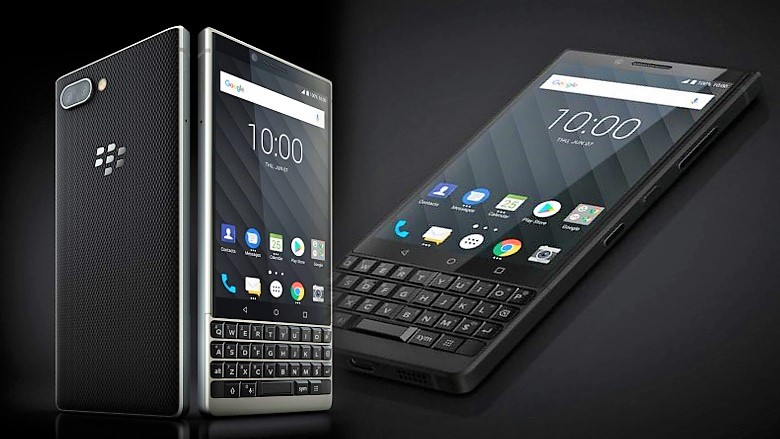
TCL Corporation now projects and builds most BlackBerry Mobile phones, counting the BlackBerry KEY2, and it looks like the company did a brilliant job in that subdivision. As this is a device that stands out from the packed smartphone market, due to the presence of a smaller than usual display and a big physical keyboard. It’s totally retro looking, yet at the similar time one of the more gorgeous devices on the market. It sports a metal design that wraps easily around a 4.5-inch display with the physical keyboard positioned straight below. The keyboard is 20-percent greater than the one on the KEYOne with this project change employed to make it easier to use. The rubberized assistance not only lends towards its good looks, but also recovers the grip as well. The KEY2 comes with as numerous security features that BlackBerry could congestion into a smartphone, and positively more than you will bargain on any other smartphone.
While it has retro/business appearance to it, that look is very enjoyable with the display, keyboard, metal casing, and rubberized backing all adding to its shrill look. The display is 4.5-inches and uses an odd 3:2 aspect ratio, which works fine for business requests or scrolling a website, but not so well for media or gaming. It uses an IPS LCD FHD+ display with a resolution of 1620 x 1090 pixels and 434 PPI. TCL uses the older Gorilla Glass 3 standard to defend the display.
Some users may think that the BlackBerry KEY2 should not be associated to the Galaxy S9 because the KEY2 only has a Snapdragon 660 octa-core processor clocked at 2.2 GHz and an Adreno 512 GPU. On paper, this would be a sensible assumption, however, both processors are more than talented of providing a fast and smooth user involvement with no lag. The KEY2 packs 6GB of RAM and 64GB of expandable storing, although there is also a 128GB storage model existing as well. A non-removable 3,000 mAh capacity battery powers the KEY2 – which is debatably quite a lot for a 4.5-inch LCD display and a SD660 processor. The KEY2 uses Quick Charge 3.0 for a fast charge, and users can trigger a Boost Mode which turns off certain purposes of the device for even earlier charging.
The BlackBerry KEY2 includes a double camera setup with 12-megapixel sensors. The main camera packs a dual PDAF for quick focusing with an aperture of f/1.8. The secondary camera also has PDAF, an aperture of f/2.6 and 2x Optical Zoom. It usages the same sized 8-megapixel sensor as the Galaxy S9, but with an aperture of f/2.0, and nobody of the other features. Private capture is a great feature that saves photos straight to a Private Locker – a special folder with additional security.
The BlackBerry KEY2 is intended for those that need a physical keyboard and are okay with using a lesser display, as well as people who are interested in progressive security features such as the company’s excellent DTEK security and Privacy Shade. Thanks to the presence of NFC, the phone does support mobile payment solutions counting Google Pay, and BlackBerry’s UI runs over Android 8.1 (Oreo), and it’s predictable to receive an update to Android 9 Pie in due course. The fingerprint sensor is vigorously mounted on the space bar on the physical keyboard, but that is only one of many shortcuts this keyboard has to suggestion – for instance, you can slide your fingers over the keyboard to scroll up or down on the display. The device actions 151.4 x 71.8 x 8.5 mm and weighs in at 168 grams. The KEY2 comes in Black or Silver with a black rubberized backing and costs around $650 for the 64GB version.
The Winner Is…
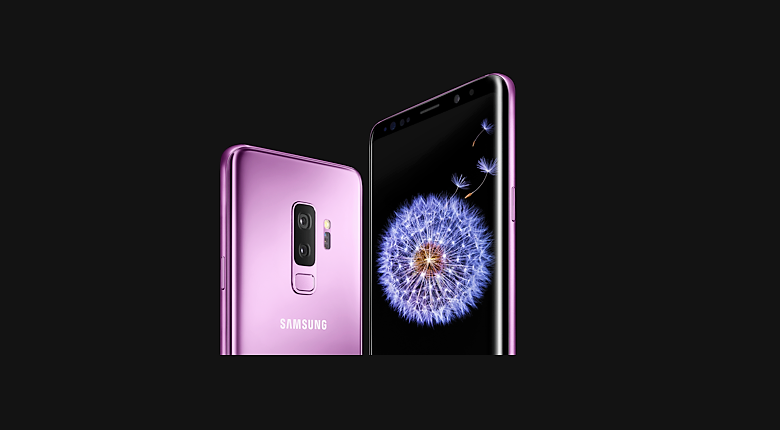
The Final Word
This win might go either way, depending on the wants of an individual. Here, we selected the more expensive (by $150) Galaxy S9 because it’s offers more of a mainstream petition compared to the BlackBerry KEY2. Both devices are well-built, with the Galaxy S9 looking more modern, though the KEY2 does offer that certain business/retro look that is actually cool.
The Galaxy S9 has the bigger display with the ratio users want for media entertainment and multitasking. The Galaxy S9 also has the bezel-less display and and a higher determination. It has a good camera, IP68 certification, Samsung Pay, and many selections for health-conscious users.
The BlackBerry KEY2 offers its users with an outstanding physical keyboard and the best security you will discovery on a smartphone, but is not the most technologically progressive smartphone when it comes to the exhibition and processor. However, if you extended for a physical keyboard, and like a lesser display, the KEY2 will not let you unhappy.



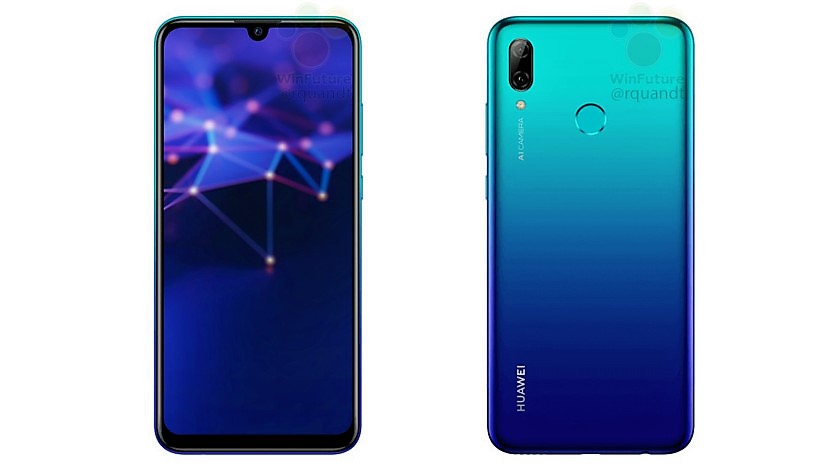


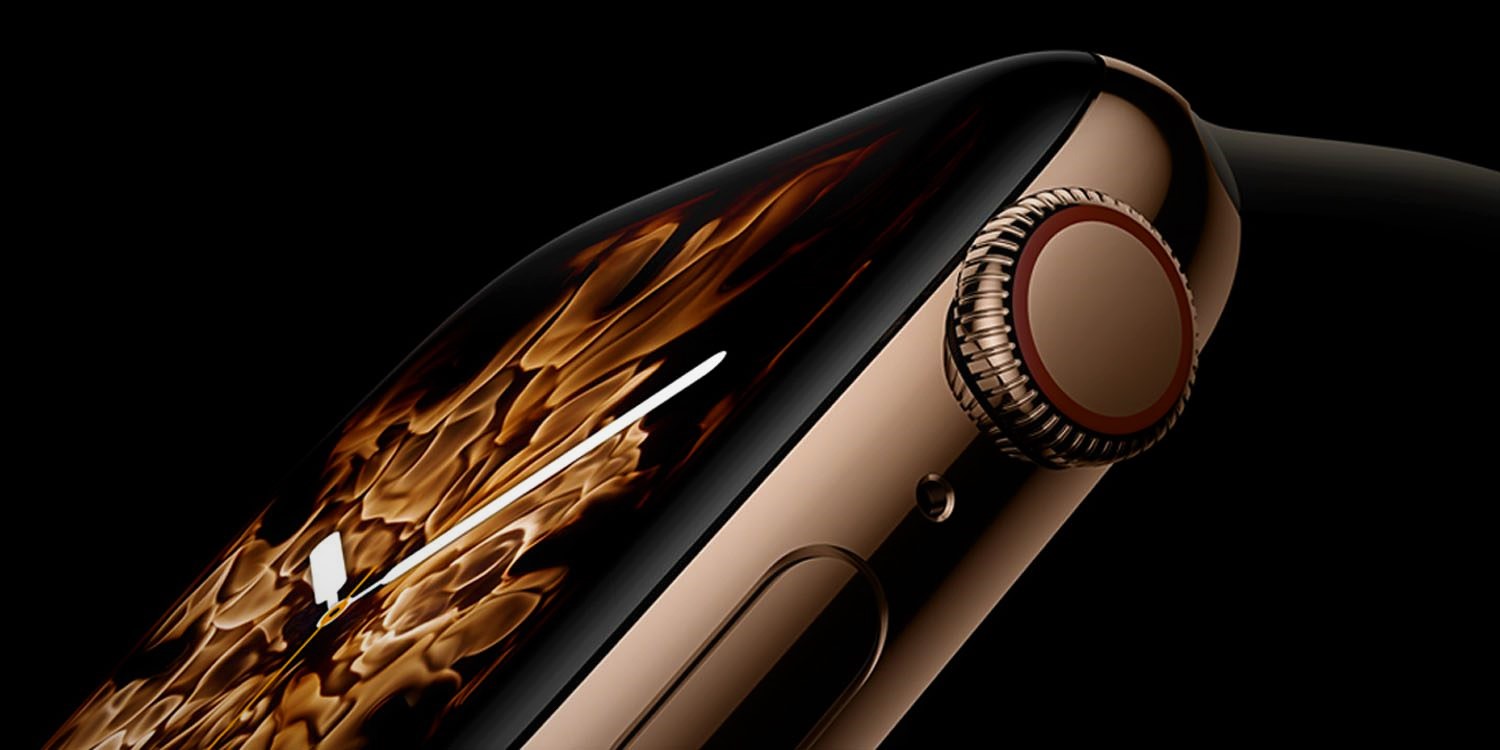 As several reports have recommended,
As several reports have recommended, 
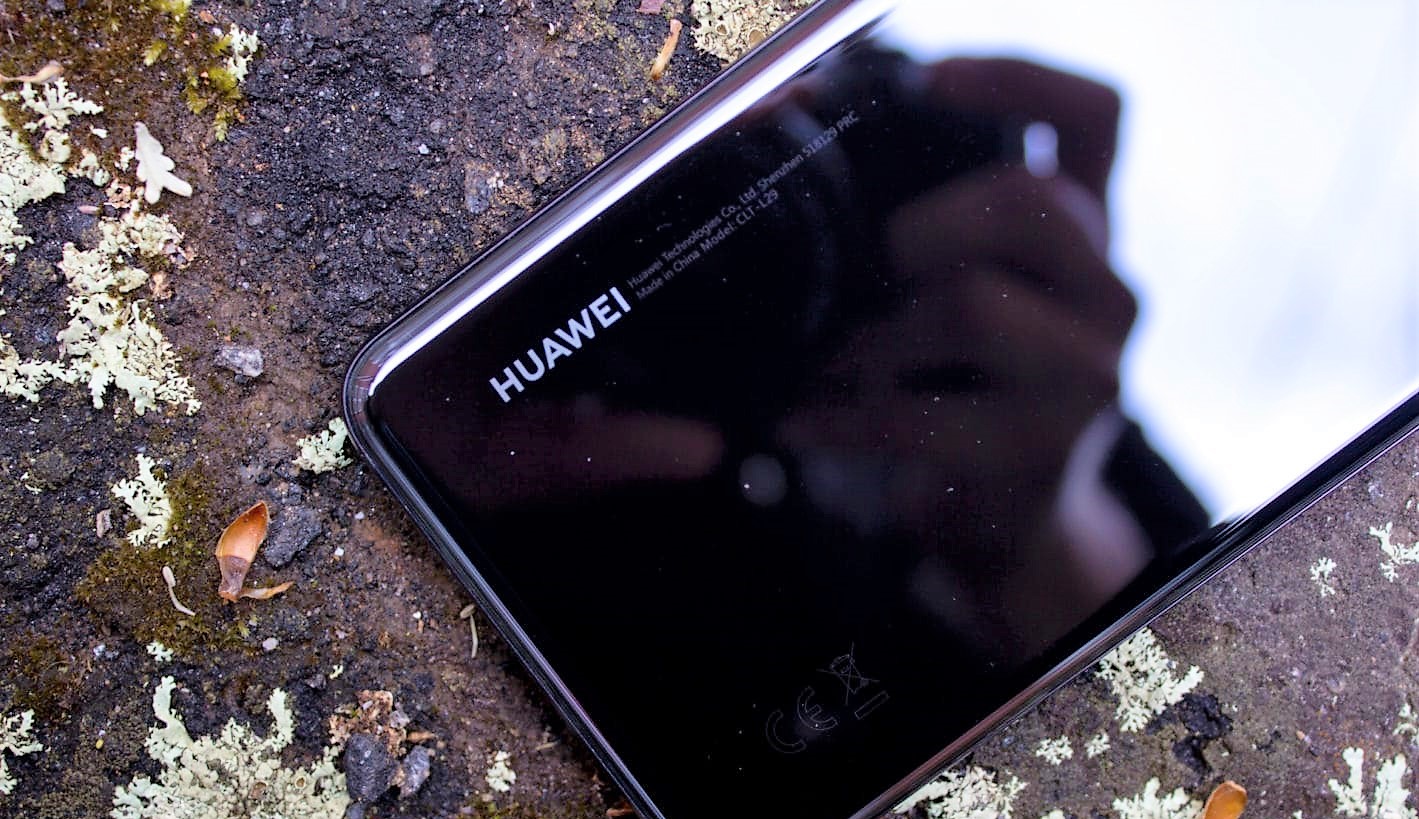
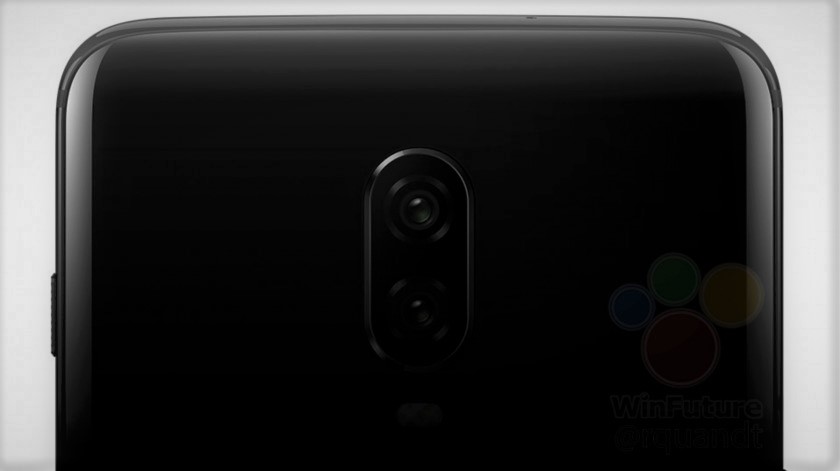
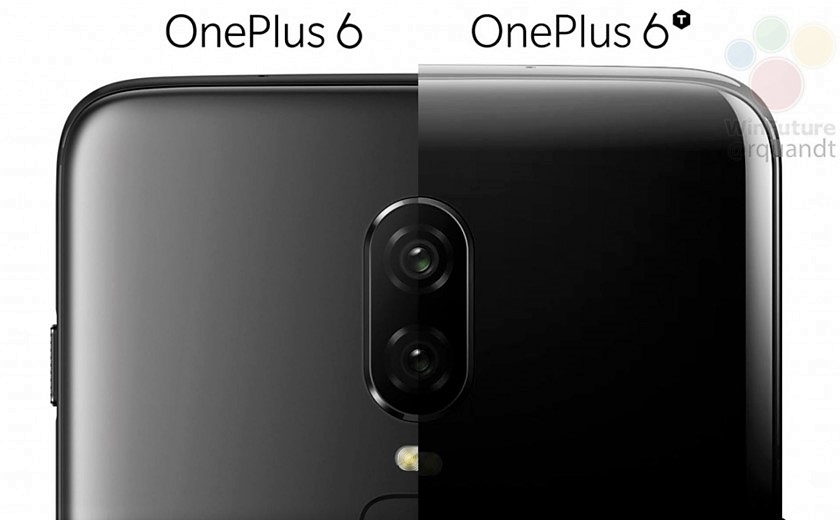
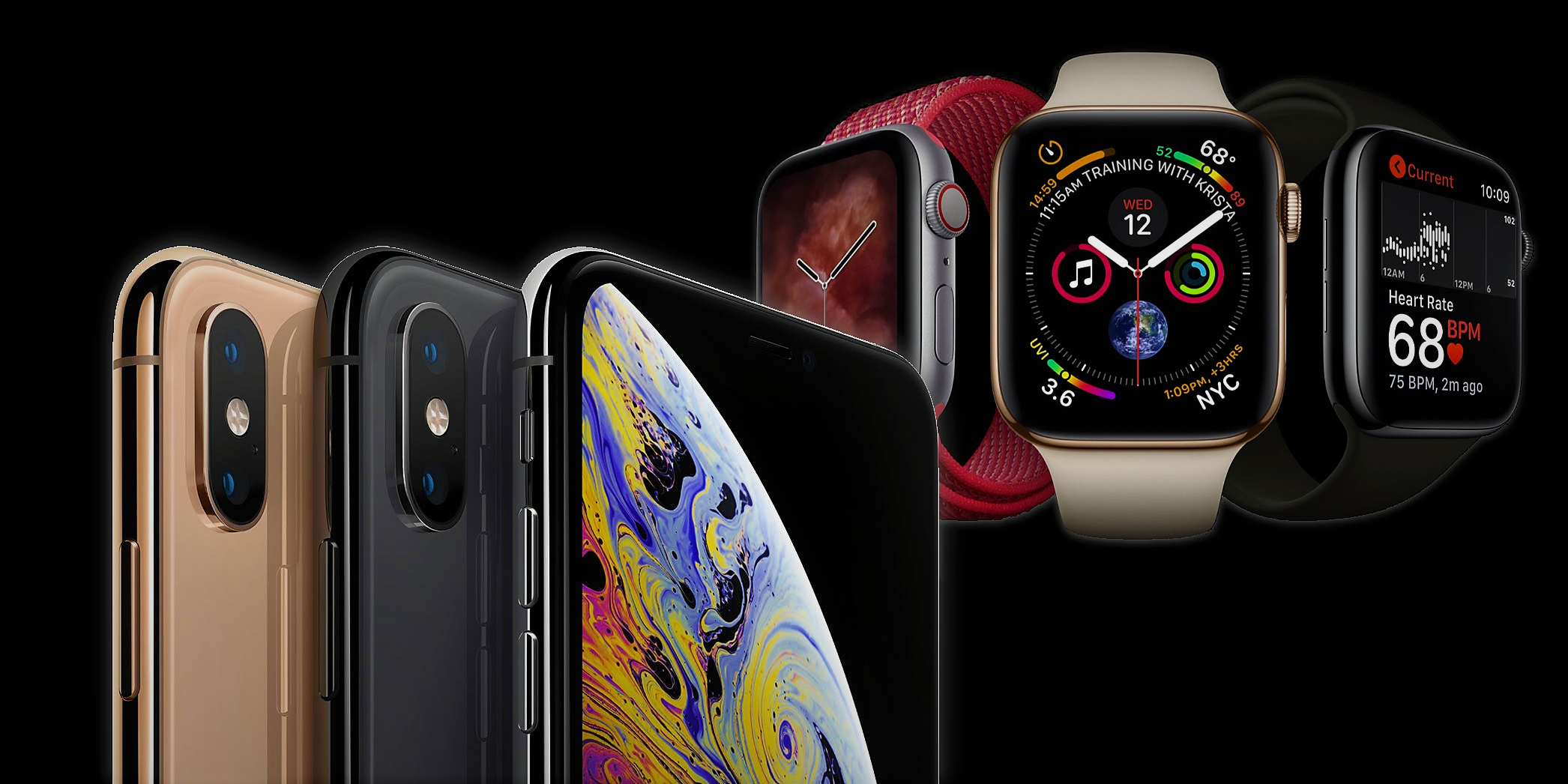 Apple publicized its flagship iPhone line up of
Apple publicized its flagship iPhone line up of 




